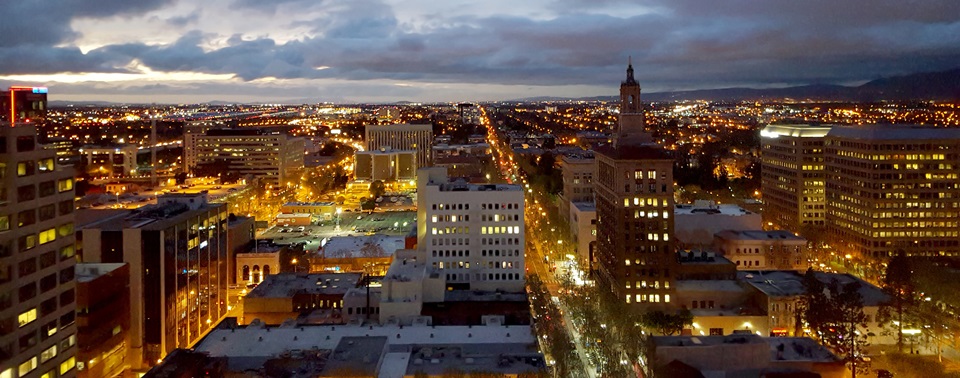Debates about social equity and neighborhood gentrification often take on a zero-sum characterization, focusing on winners and losers instead of the shared common ground. “As industry leaders, it is up to us to help find solutions and models that can be used to trigger investment in cities and help achieve better outcomes for a broader cross-section of our population,” says Patrick L. Phillips, CEO of the Urban Land Institute (ULI).
While gentrification is a complex issue, it does not have to be a “haves versus have-nots” one. Mayor Ethan Berkowitz of Anchorage, Alaska, Mayor Rosalynn Bliss of Grand Rapids, Michigan, and Mayor Sam Liccardo of San Jose, California are working to make that working hypothesis a reality in their cities.
District of Columbia Mayor Muriel Bowser can already point to the redevelopment of a hospital site in a gentrifying area of the city that will provide strong benefits for existing residents of the adjacent neighborhood. “The city has already built two public facilities on the site, and several buildings are being renovated for mixed-income housing and commercial uses,” Phillips added. “A major sports arena is in the works. It’s a phenomenal investment in an area of the city that is rich in community character and historic significance. The key is making sure that those who are living alongside this new development benefit as much as those who move to it.”
“We’re living in a time when there is highly divisive political rhetoric,” said Berkowitz. “We don’t have the luxury of fighting with each other like they do in [the U.S. Congress]. We need to produce results. One of the responsibilities as mayor is to be positive and supportive of the inclusion of all residents.”
San Jose is unique in that its spectacular economic growth has been guided primarily by individuals who were not born in the United States. “Immigrants are the secret sauce of our success,” Liccardo said. “Some 40 percent of our adult population is foreign born. We welcome immigrants and we’re proud of them. More than half of startups were started by foreign-born individuals.”
Like other American cities, San Jose is challenged by equity issues in a big way, he said. “We’re investing $1 billion over the next 20 years in affordable housing and it’s not going to be enough,” Liccardo added. “We know that the suburbs get richer while big cities have to address the more needy residents. But companies are looking to return to the big cities, and that’s a good thing.”
Photo of San Jose, California via Adobe Stock.

